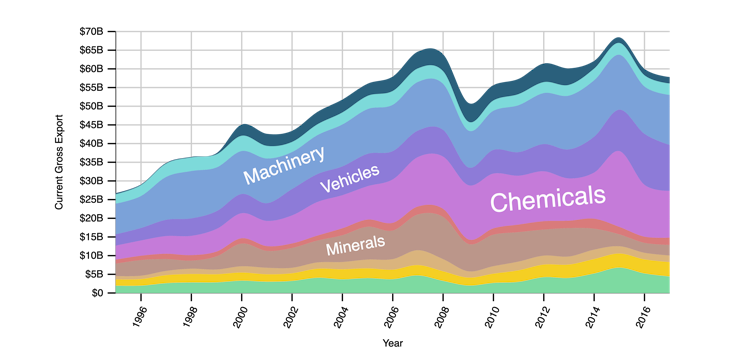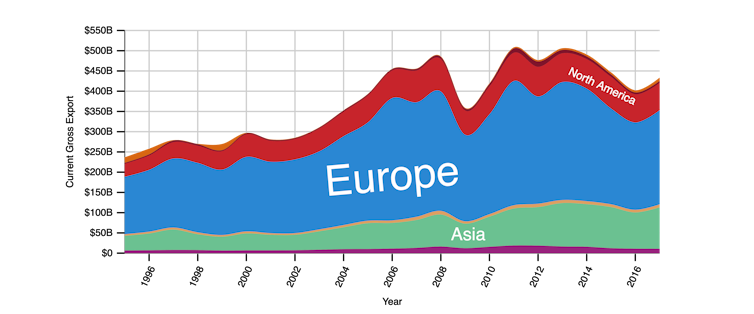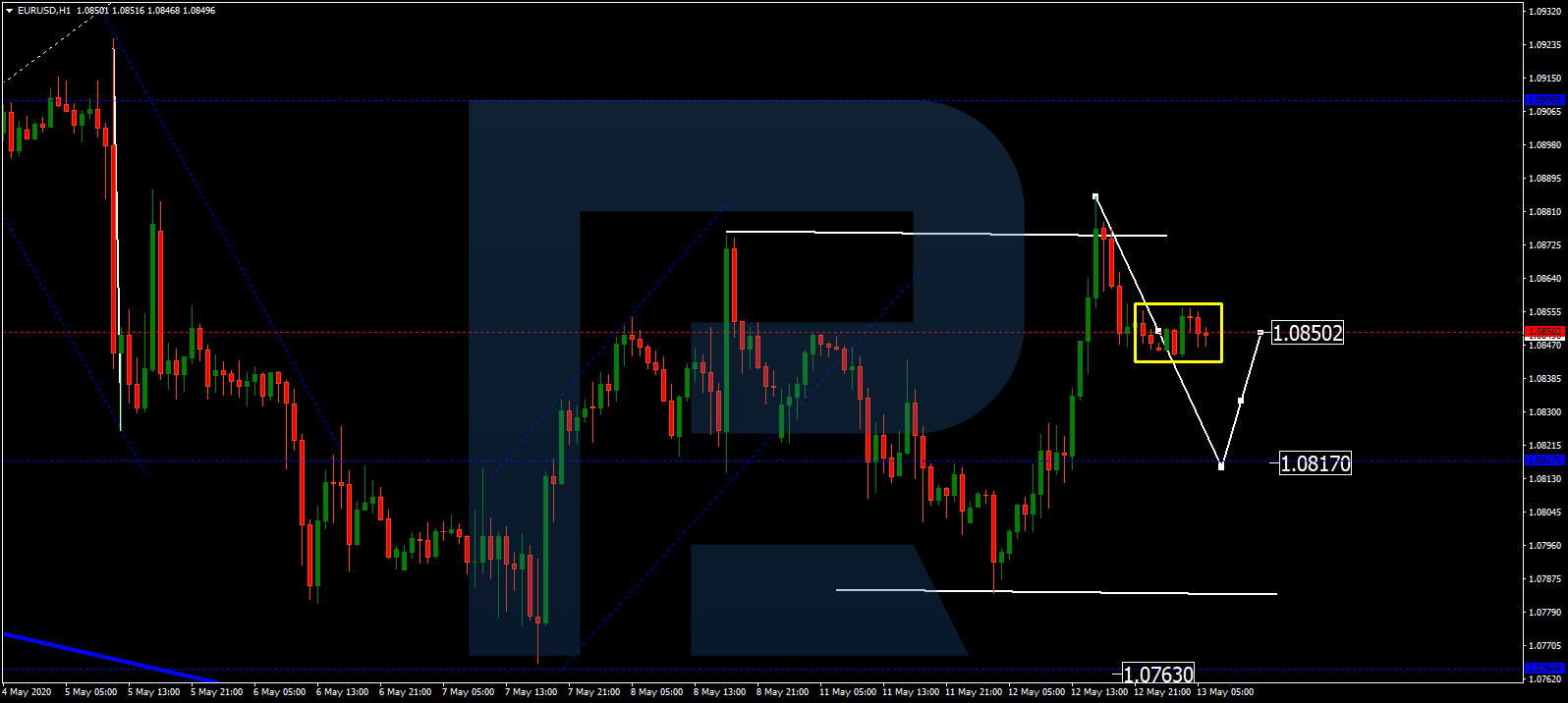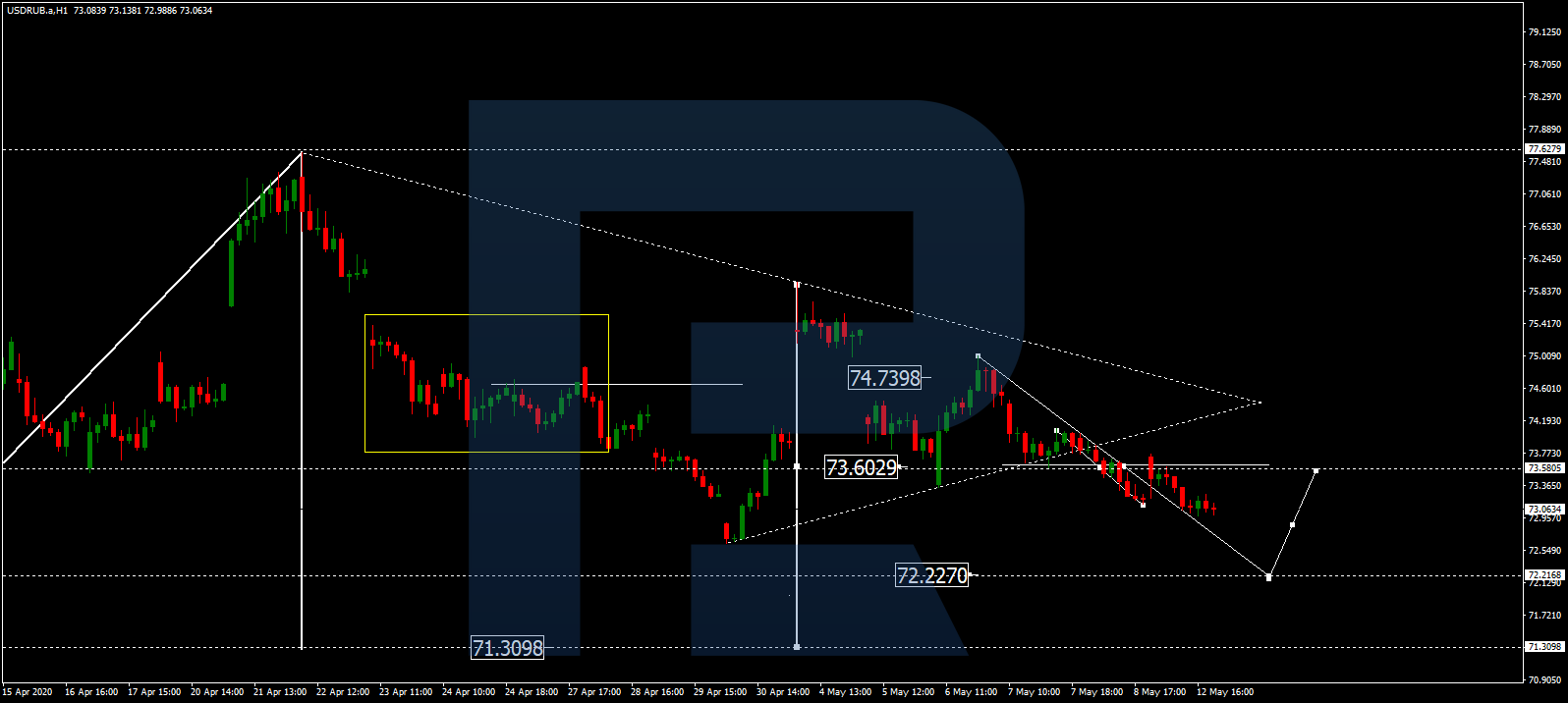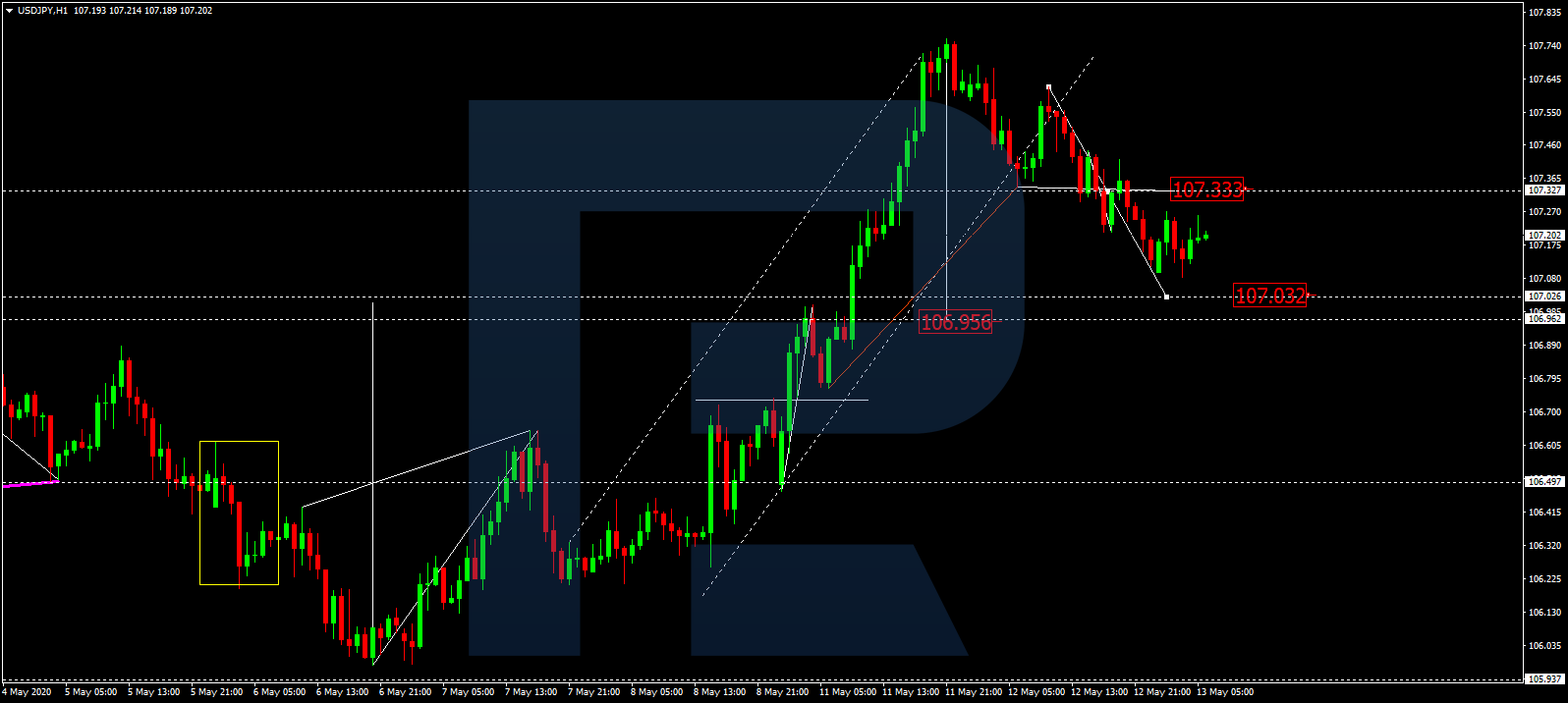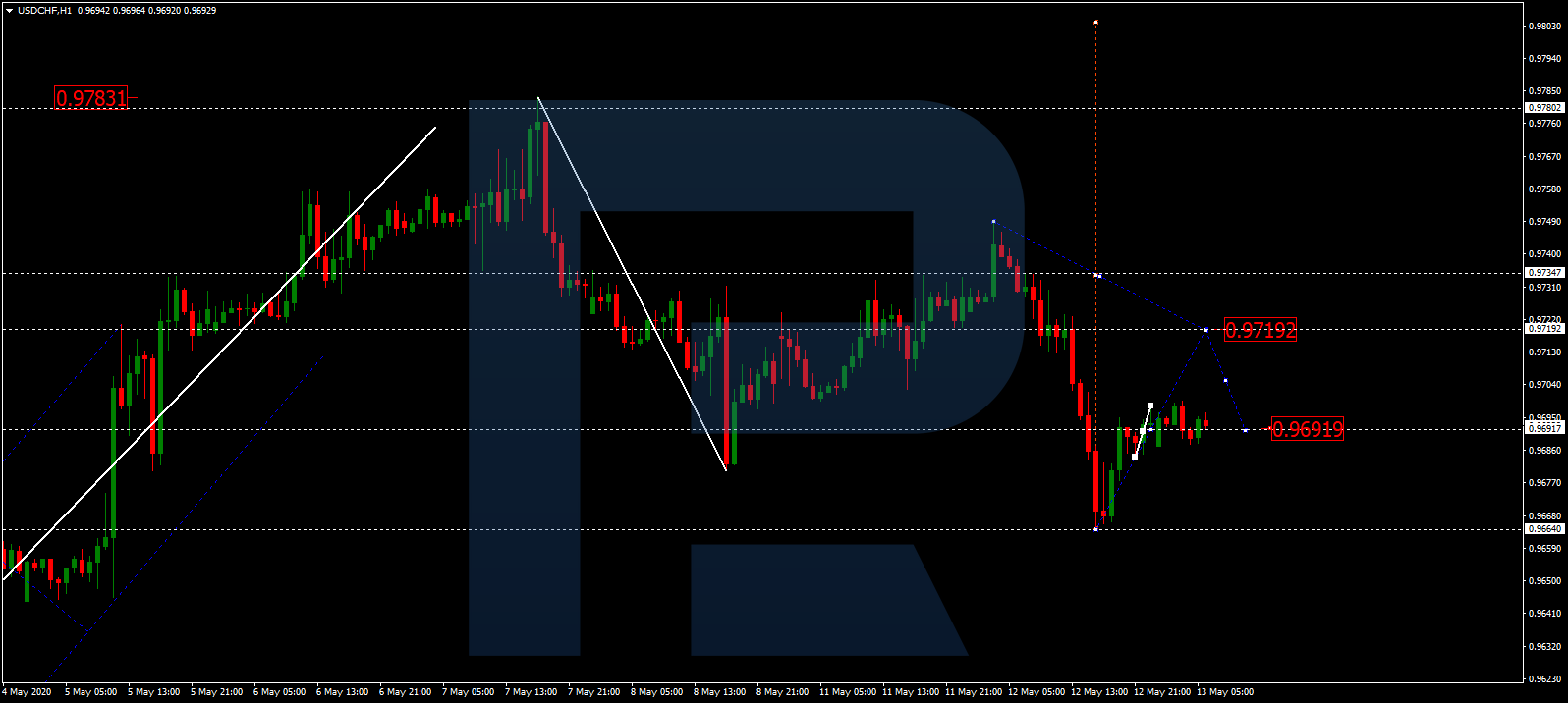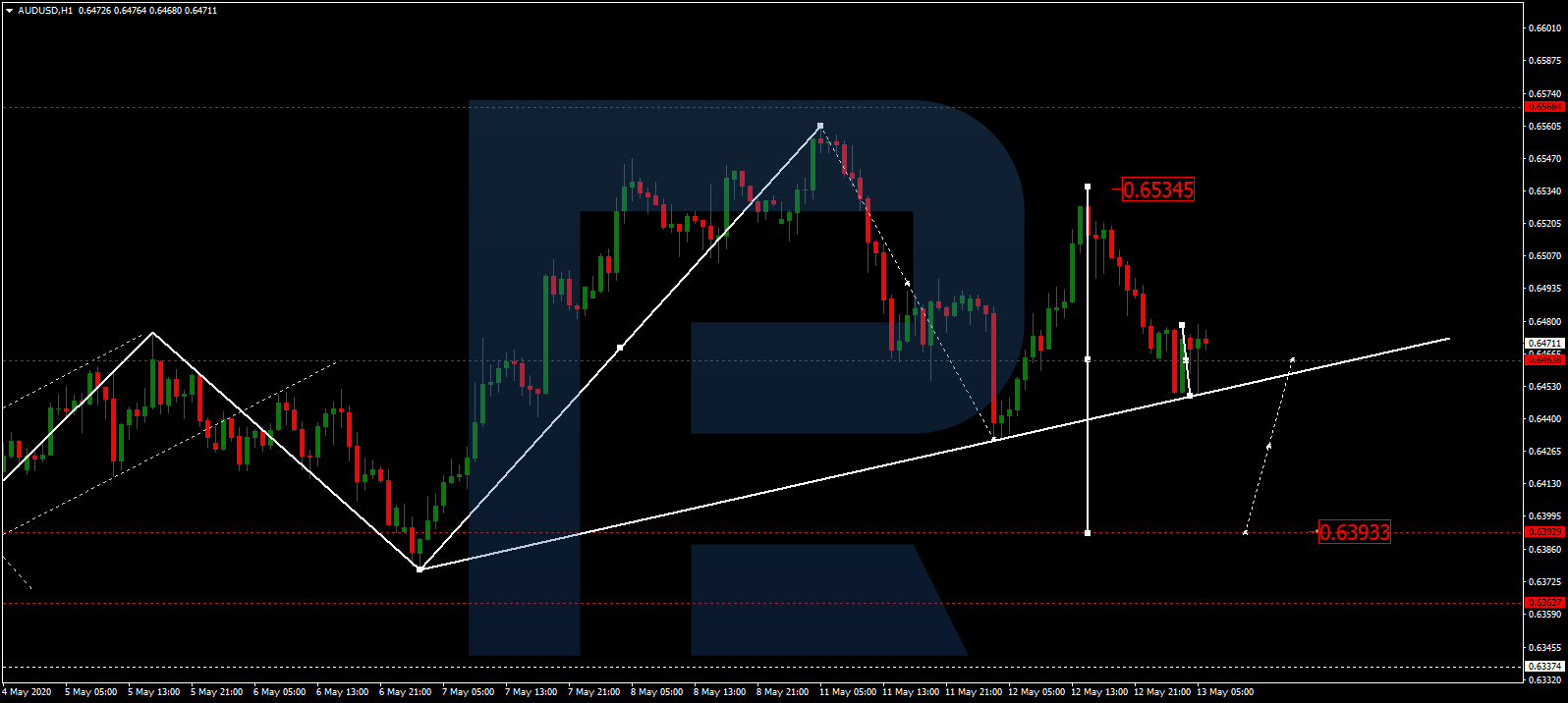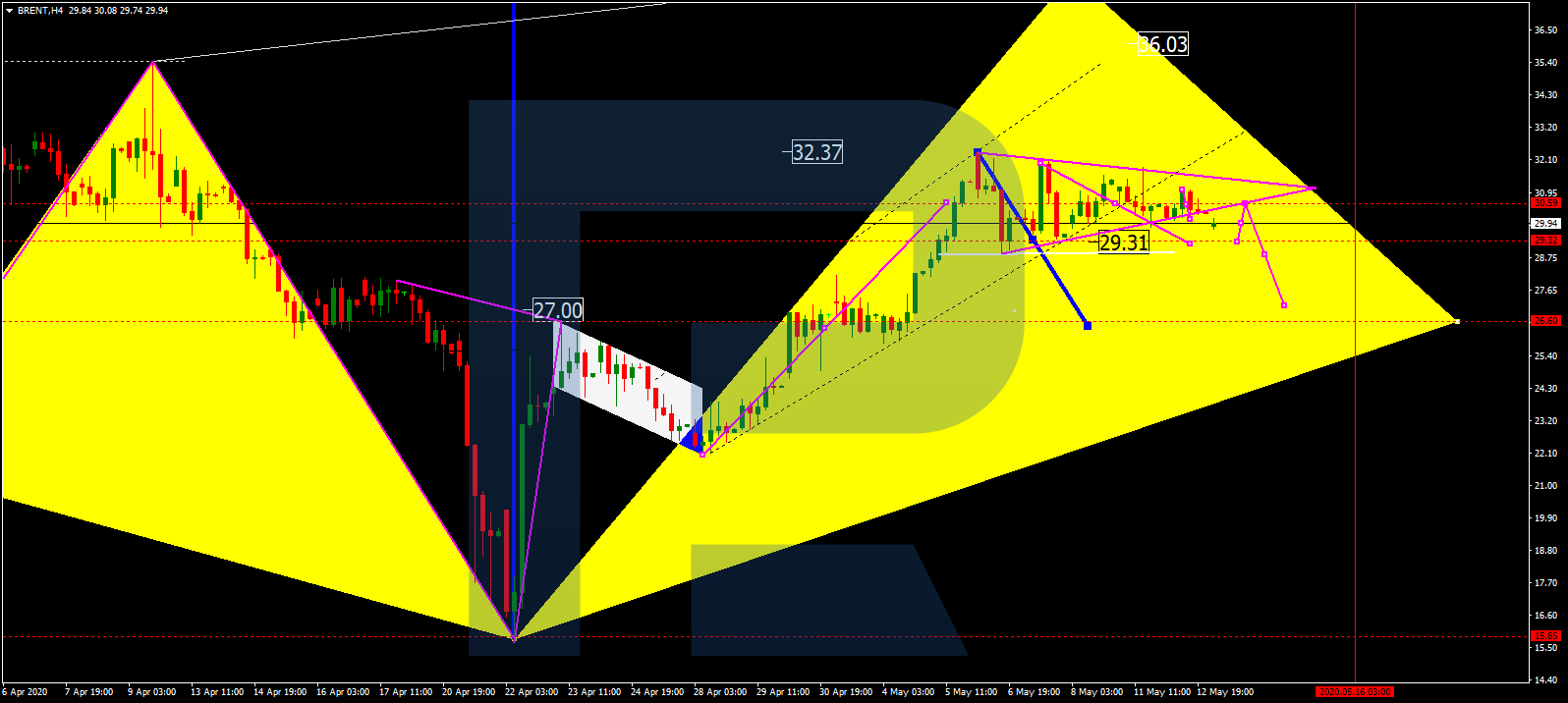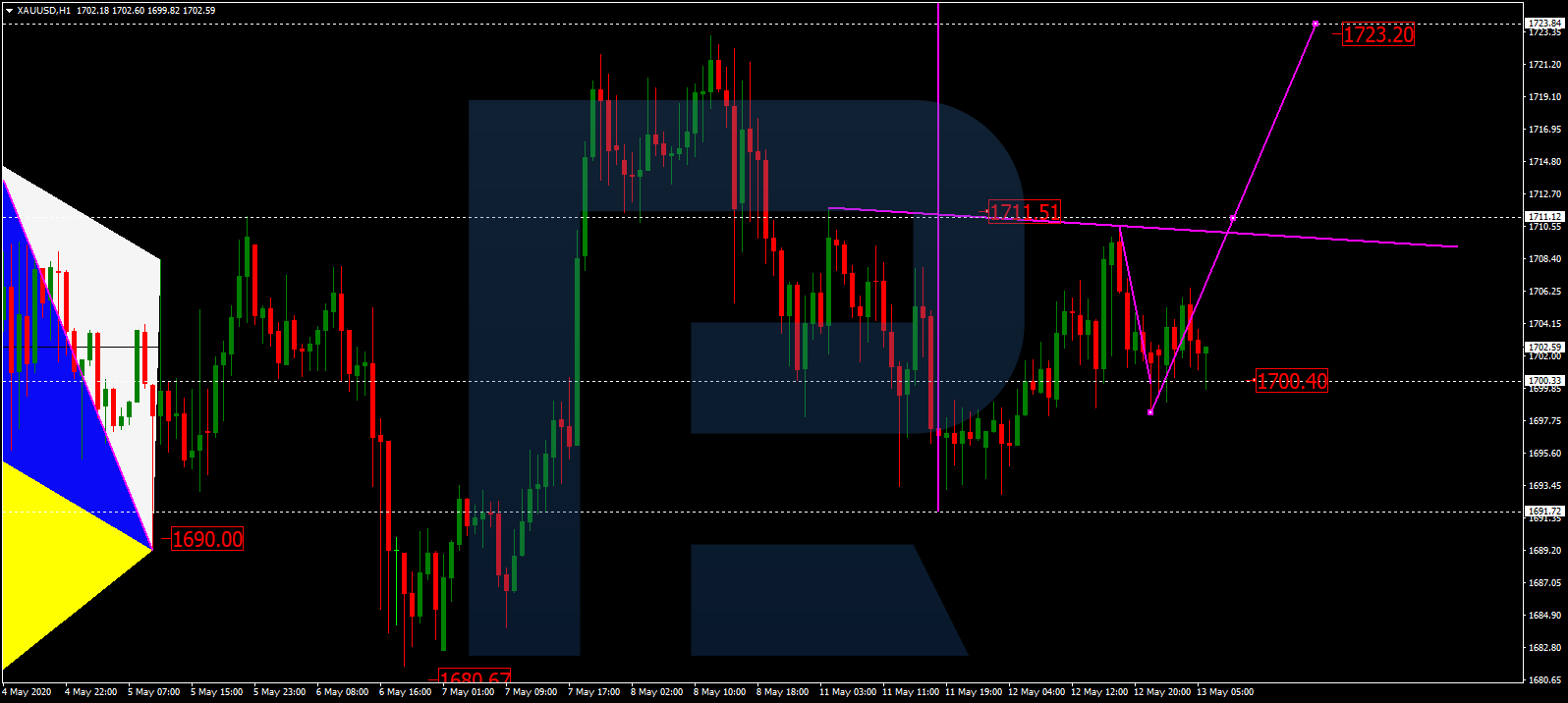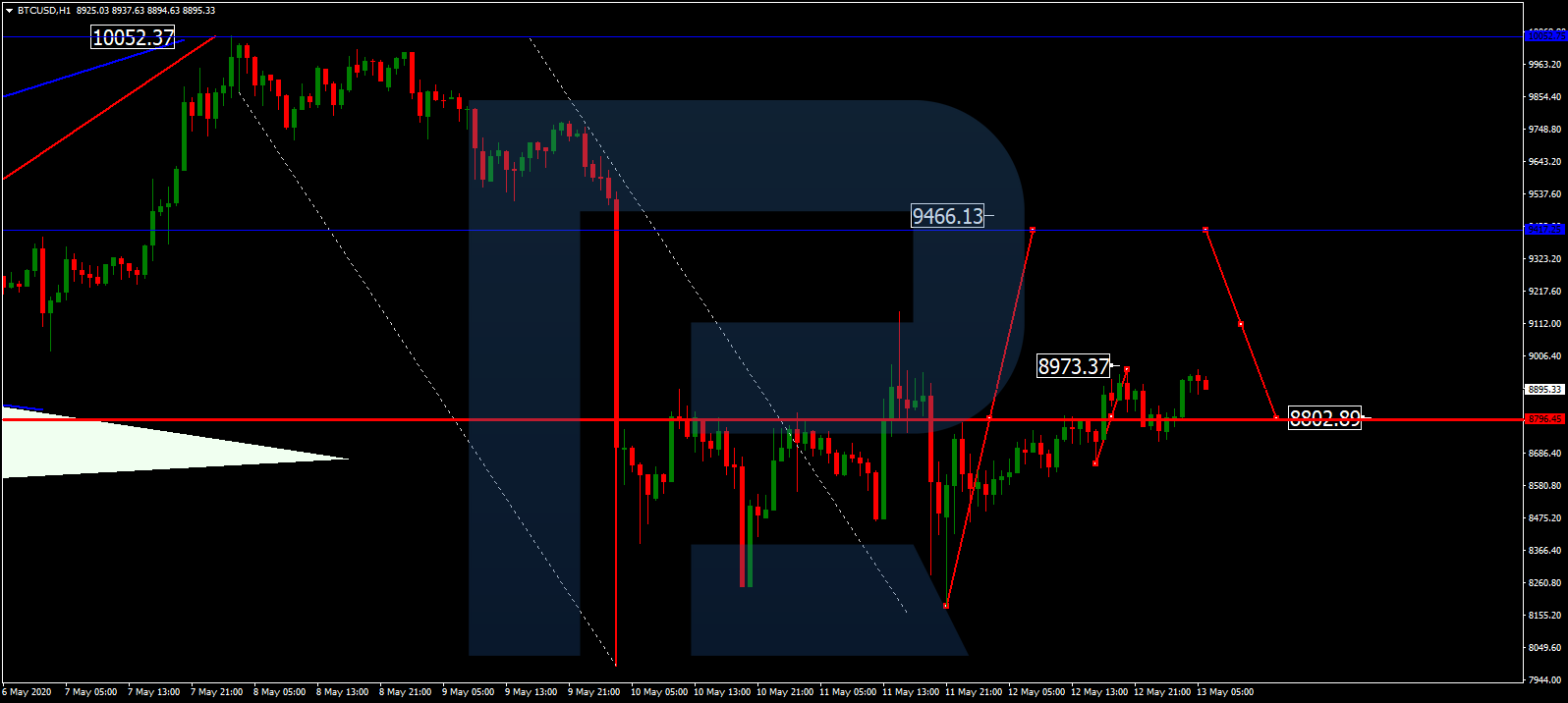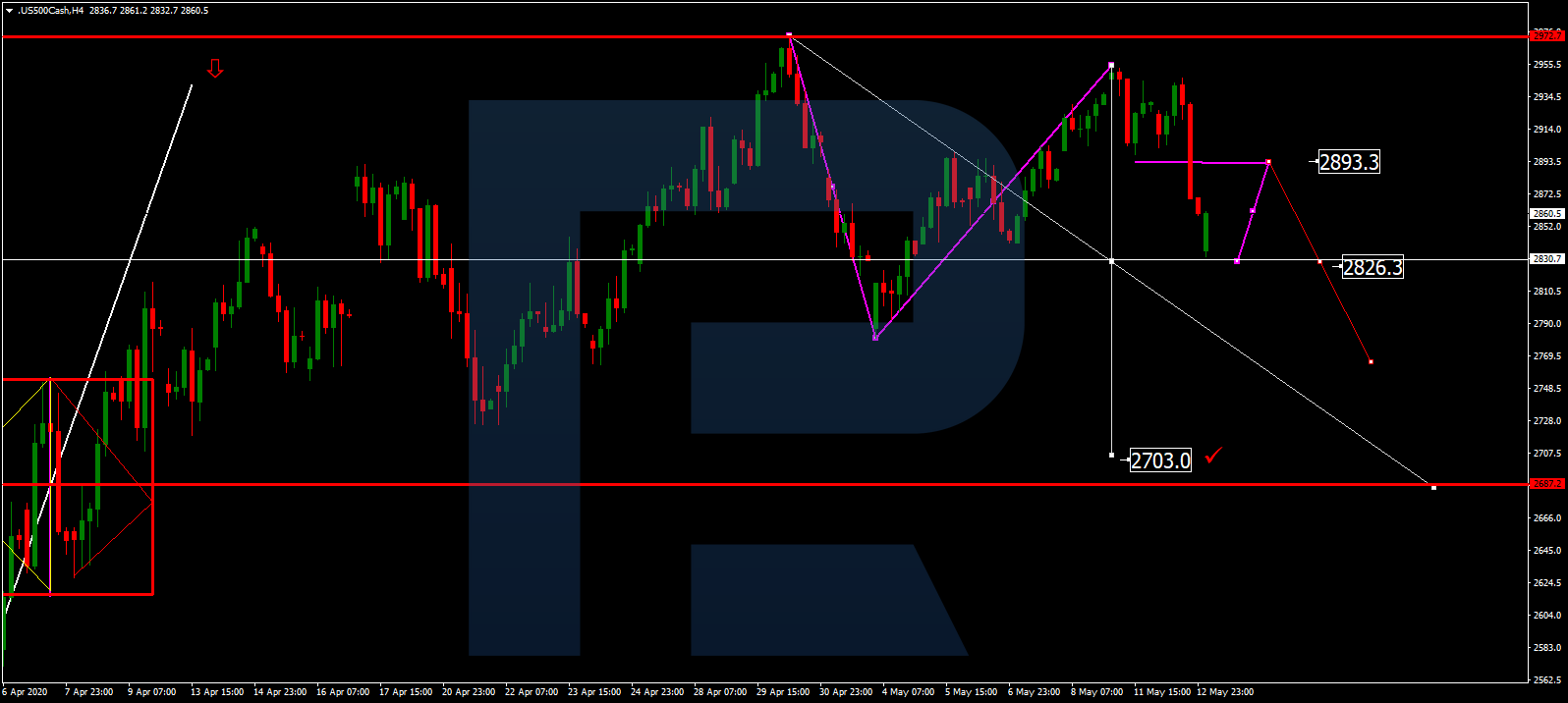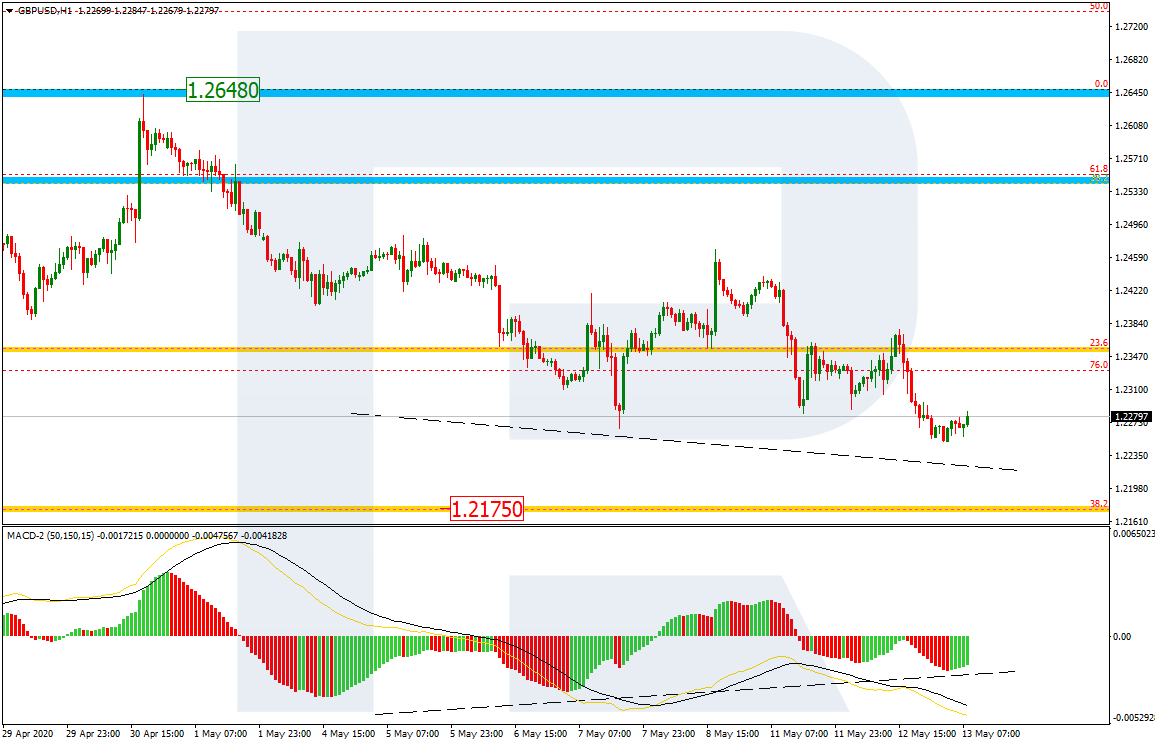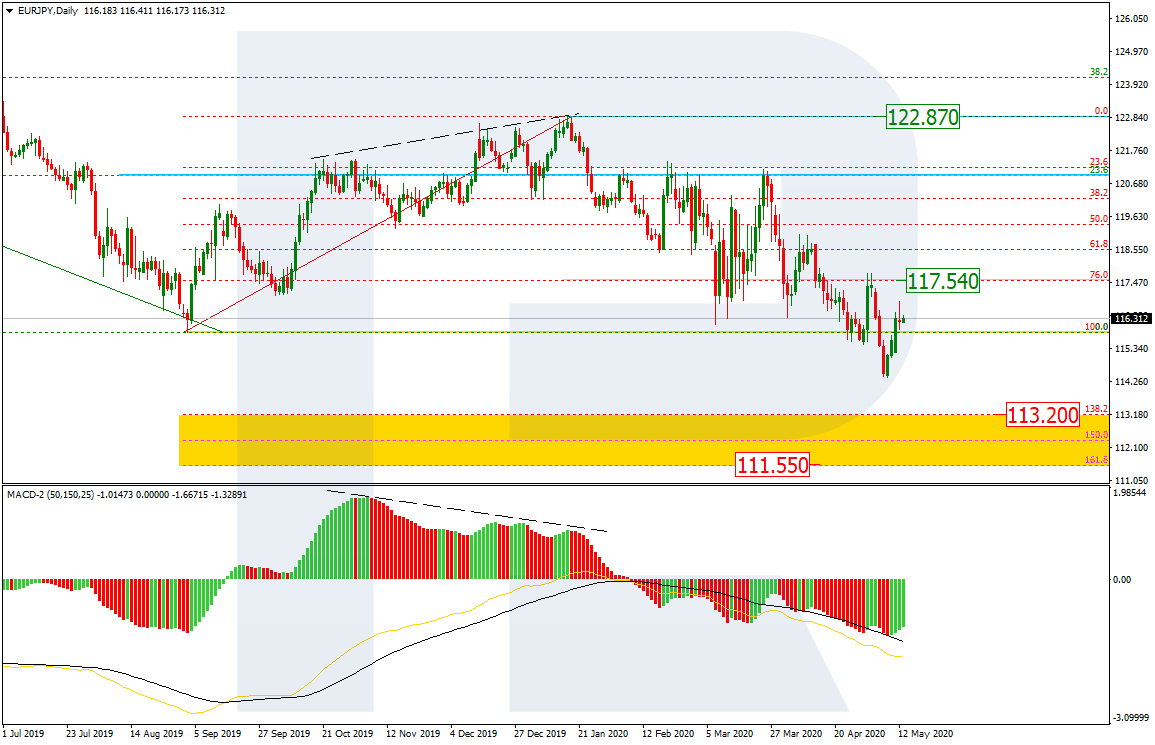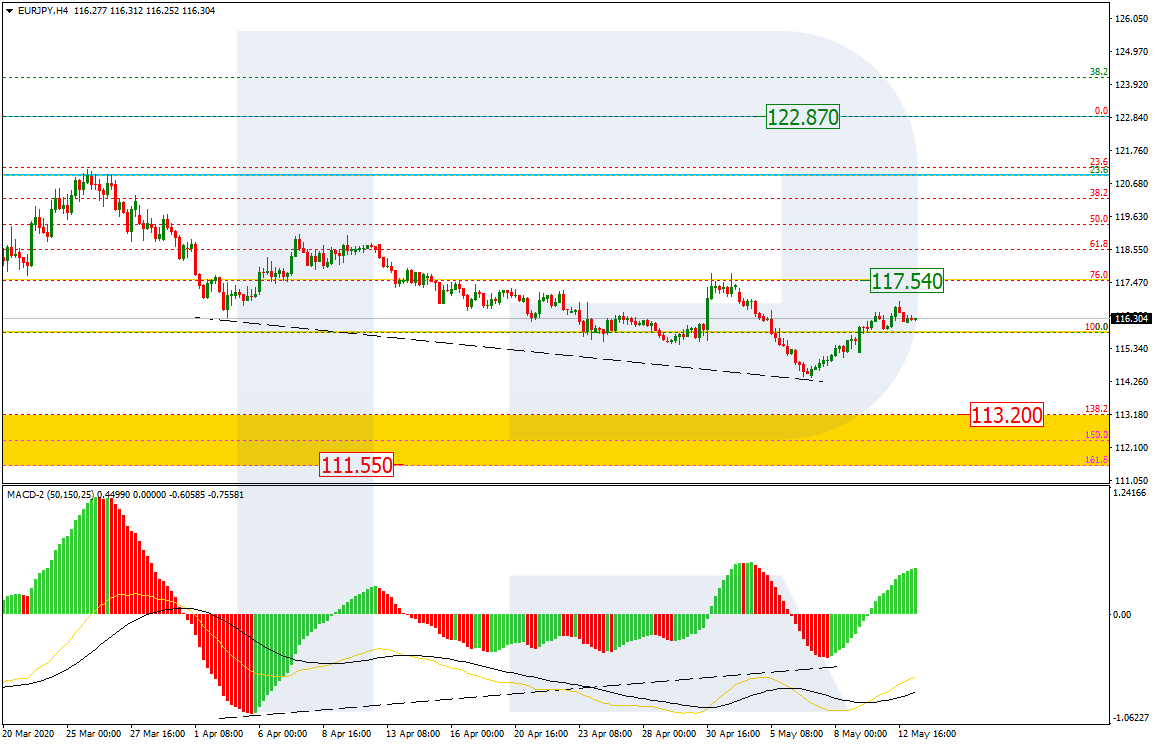by JustForex
The EUR/USD currency pair
- Prev Open: 1.08470
- Open: 1.08150
- % chg. over the last day: -0.28
- Day’s range: 1.07968 – 1.08239
- 52 wk range: 1.0777 – 1.1494
The greenback has strengthened relative to its main competitors after a speech by the Fed Chairman. The official denied rumors that the Central Bank may introduce negative interest rates. Jerome Powell also said the US economy could face a long recovery period due to the COVID-19 epidemic. Currently, EUR/USD quotes are consolidating. The key range is 1.0790-1.0835. The single currency has the potential for further decline. Positions should be opened from key levels.
At 15:30 (GMT+3:00), data on initial jobless claims will be published in the US.
We also recommend paying attention to the speech by the FOMC representative Kashkari.

Indicators signal the power of sellers: the price has fixed below 50 MA and 100 MA.
The MACD histogram is in the negative zone and below the signal line, which gives a strong signal to sell EUR/USD.
Stochastic Oscillator is in the neutral zone, the %K line is above the %D line, which indicates the bullish sentiment.
- Support levels: 1.0790, 1.0770, 1.0740
- Resistance levels: 1.0835, 1.0875, 1.0895
If the price fixes below 1.0790, a further fall in the EUR/USD currency pair is expected. The movement is tending to 1.0760-1.0740.
An alternative could be the growth of EUR/USD quotes to 1.0860-1.0890.
The GBP/USD currency pair
- Prev Open: 1.22597
- Open: 1.22220
- % chg. over the last day: -0.25
- Day’s range: 1.21812 – 1.22417
- 52 wk range: 1.1466 – 1.3516
GBP/USD quotes continue to show a negative trend. The British pound has reached two-month lows. Currently, GBP/USD quotes are consolidating. The key support and resistance levels are 1.2180-1.2250. Demand for the US dollar has resumed after a speech by the Fed Chairman. A trading instrument has the potential for further decline. We recommend opening positions from key levels.
The news feed on the UK economy is calm.

Indicators signal the power of sellers: the price has fixed below 50 MA and 100 MA.
The MACD histogram is in the negative zone and below the signal line, which gives a strong signal to sell GBP/USD.
Stochastic Oscillator has started exiting the oversold zone, the %K line is above the %D line, which indicates the bullish sentiment.
- Support levels: 1.2180, 1.2140, 1.2100
- Resistance levels: 1.2250, 1.2285, 1.2335
If the price fixes below 1.2180, a further drop in GBP/USD quotes is expected. The movement is tending to the round level is 1.2140-1.2120.
An alternative could be the growth of the GBP/USD currency pair to 1.2290-1.2330.
The USD/CAD currency pair
- Prev Open: 1.40770
- Open: 1.40986
- % chg. over the last day: +0.15
- Day’s range: 1.40853 – 1.41158
- 52 wk range: 1.2949 – 1.4668
Purchases prevail on the USD/CAD currency pair. The trading instrument has updated local highs again. The loonie is currently testing a resistance level of 1.4115. The 1.4065 mark is already a “mirror” support. We expect economic reports from the US. We also recommend paying attention to the dynamics of “black gold” prices. Positions should be opened from key levels.
At 18:15 (GMT+3:00), a speech by the Bank of Canada Governor will be held.

Indicators signal the power of buyers: the price has fixed above 50 MA and 100 MA.
The MACD histogram is in the positive zone, but below the signal line, which gives a weak signal to buy USD/CAD.
Stochastic Oscillator is in the neutral zone, the %K line is below the %D line, which indicates the bearish sentiment.
- Support levels: 1.4065, 1.4010, 1.3970
- Resistance levels: 1.4115, 1.4170
If the price fixes above the resistance level of 1.4115, further growth of the USD/CAD quotes is expected. The movement is tending to 1.4150-1.4200.
An alternative could be a decrease in the USD/CAD currency pair to 1.4030-1.4000.
The USD/JPY currency pair
- Prev Open: 107.135
- Open: 107.040
- % chg. over the last day: -0.11
- Day’s range: 106.776 – 107.072
- 52 wk range: 101.19 – 112.41
There is the bearish sentiment on the USD/JPY currency pair. The trading instrument has updated local lows. At the moment, USD/JPY quotes are testing the support level of 106.75. The 107.15 mark is already a “mirror” resistance. The yen has the potential for further growth relative to the greenback. We recommend paying attention to economic releases, as well as the dynamics of US government bonds yield. Positions should be opened from key levels.
The news feed on Japan’s economy is calm.

Indicators do not give accurate signals: the price has fixed between 50 MA and 100 MA.
The MACD histogram is in the negative zone, indicating the bearish sentiment.
Stochastic Oscillator is in the neutral zone, the %K line has crossed the %D line. There are no signals at the moment.
- Support levels: 106.75, 106.45
- Resistance levels: 107.15, 107.35, 107.75
If the price fixes below the support level of 106.75, a further drop in the USD/JPY quotes is expected. The movement is tending to 106.50-106.30.
An alternative could be the growth of the USD/JPY currency pair to 107.30-107.60.
by JustForex



